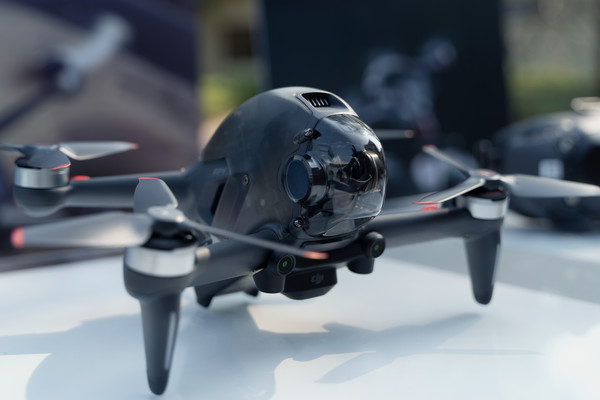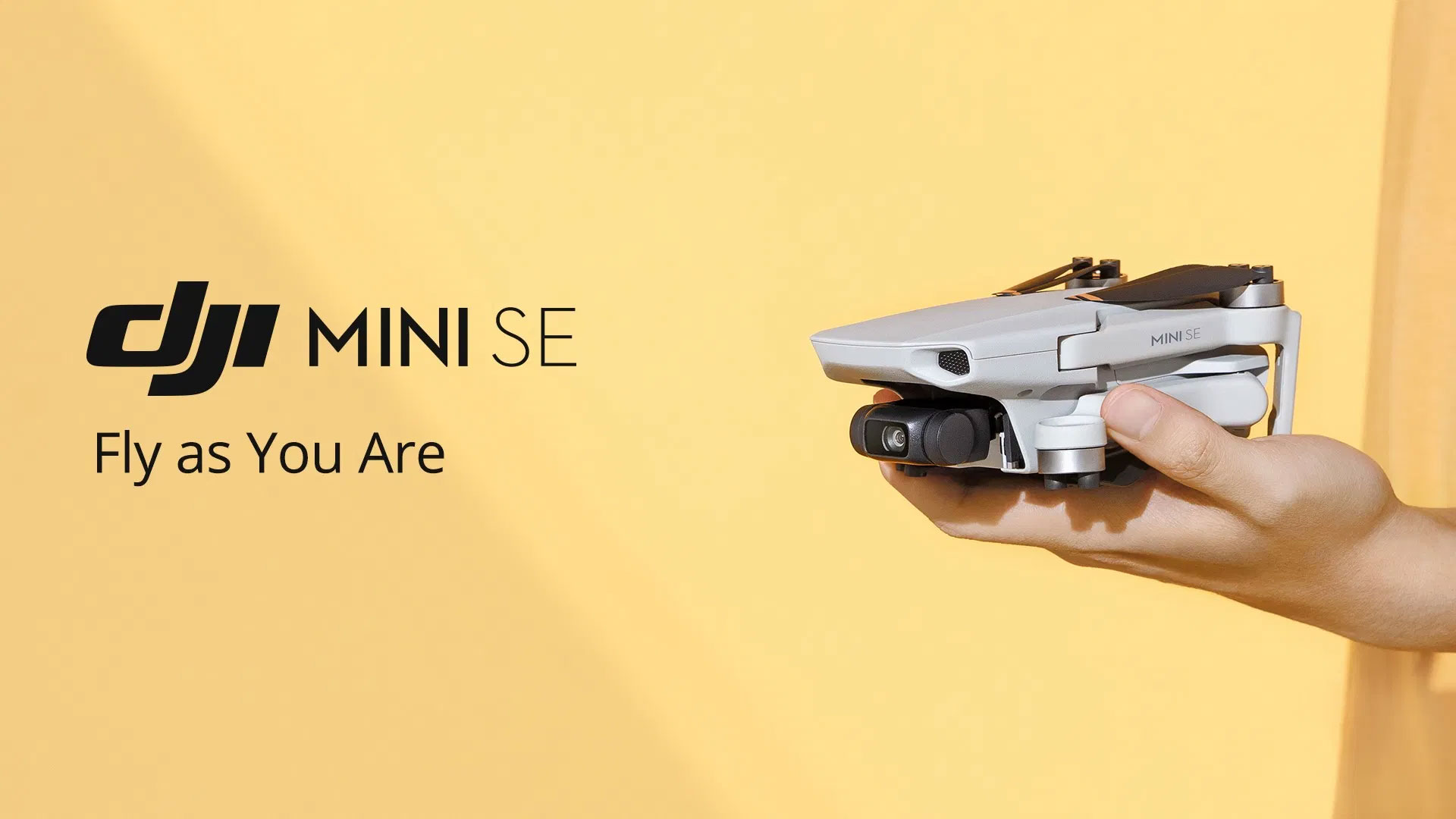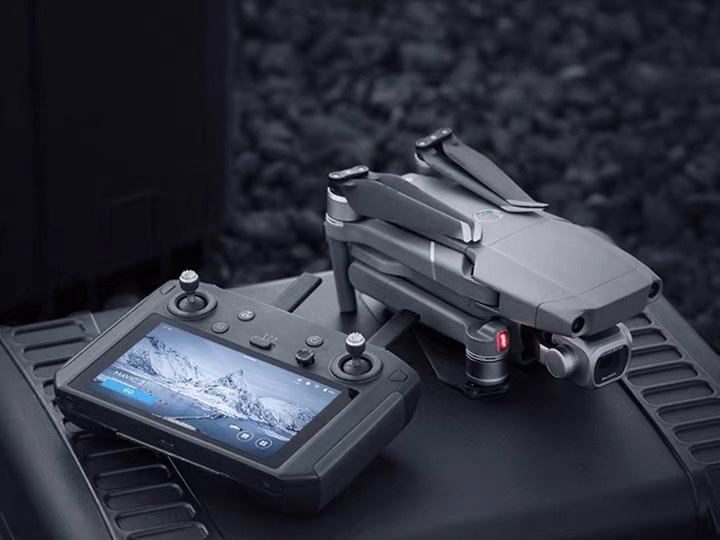Hi DJI Pilots,
We’ve rounded up some coping tips for flight safety and we’d like to share them with you.
There are 4 parts, including the Environmental Considerations, Pre-flight Checklist, Precautions During Flight, and How to Find Your Drone. We hope this can help someone in need.
Part 1: Environmental Considerations
1. Only fly in environments that are clear of magnetic or radio interference, buildings, and other obstacles.
2. Do not fly above or near large crowds.
3. Only fly in authorized areas. Stay well away from GEO zones and restricted zones to prevent your drone from entering these zones by mistake and getting flyaway.
4. It is not recommended to fly your drone in scenic spots, historical sites, parks, and the vicinity of government and military institutions. Although these places are not officially demarcated as restricted zones, they are very likely to be controlled areas. The signal of the remote controller may be lost during the flight if you fly the drone in these areas, and the drone may unexpectedly fly away.
5. Do not fly the aircraft near areas with magnetic or radio interference, including Wi-Fi hotspots, routers, Bluetooth devices, high-voltage lines, large-scale power transmission stations, radar stations, mobile base stations, and broadcasting towers. Otherwise, the wireless transmission performance of the aircraft may be affected by interference, and the aircraft cannot fly normally.
Part 2: Pre-flight Checklist
1. Make sure that the remote controller and aircraft batteries are fully charged. (It is recommended to fully charge the battery and then fly the drone.)
2. Make sure that the propellers are mounted properly. Check whether the propellers are broken or bent, and whether all the propellers are unfolded.
3. Connect your mobile device to the remote controller. Power on the remote controller first and then power on the aircraft. Unfold the remote controller antennas and check whether the remote controller is linked with the aircraft. Check whether there are any warnings shown under Aircraft Status in the app, such as compass, IMU, or vision sensors error). Check whether the image transmission signal is strong at the takeoff point. When “Ready to Go” is shown on the app screen and a “HomePoint updated” prompt is displayed, enjoy your flight.
4. It is recommended to set “No RC Signal Action” to “RTH” under the remote controller Settings in the app. (The aircraft will automatically return to the Home Point when the remote controller signal is lost.)
5. It is recommended to set the RTH Altitude higher than the height of obstacles in the surrounding environment to avoid collisions during RTH.
Part 3: Precautions During Flight
1. Make sure that the antenna of the remote controller is aligned with the flight direction of the aircraft during flight, and pay attention to the image transmission signal strength. If a warning stating that the signal is weak or lost is displayed in the app, please try adjusting the antenna to make it pointed in the direction of the aircraft. Make sure that there are no obstacles between the remote controller and the aircraft. Otherwise, the signal may be lost.
2. If the image transmission signal is lost but the aircraft can be controlled, please try adjusting the antenna to make it pointed in the direction of the aircraft, and tap the map in the lower-left corner of the app screen to check the current position of the aircraft and real-time flight path. Then control the aircraft to fly back to the Home Point based on the flight path shown in the flight map. Please pay attention to the height of surrounding buildings and use the remote controller to control the aircraft’s speed and altitude to avoid collisions. If the signal between the drone and controller cannot be restored, please immediately press and hold the RTH button on the remote controller, and release the button until the remote controller makes beeping sounds (D-D-D). Go to the location of the Home Point recorded in the app and wait for the aircraft to return. (If the Home Point is updated during flight, please go to the updated Home Point.)
Part 4: How to Find Your Drone
1. If the drone fails to return to the Home Point, the ‘Find My Drone’ feature on the DJI app might just help you recover it. (In the map, the red arrow displays the last known location of the drone, and the blue arrow displays the user’s current position.) Tap the red arrow and the aircraft makes a beeping sound while repeatedly flashing lights. (Precondition: The aircraft is not powered off, and the remote controller and the aircraft are still connected.)
2. If the position of the drone recorded by the Find My Drone function is inaccurate due to a poor GPS signal, you can determine the coordinates and status of the flyaway drone by checking the flight records. If the position cannot be determined, contact DJI Support.
Tips:
1. If the position of the drone is determined, but the drone has fallen into water or a place that is difficult to reach (such as a tree, roof, or cliff), do not risk your personal safety to attempt to take it back.
2. DJI provides free flight data analysis service if your drone is under warranty to help you identify the cause of the accident.






